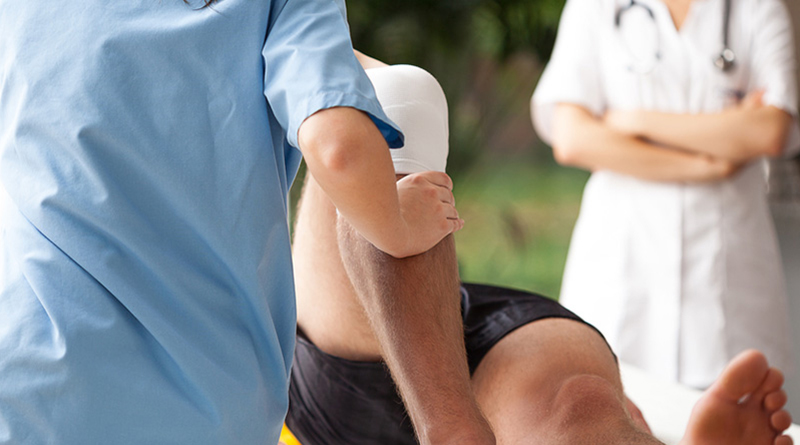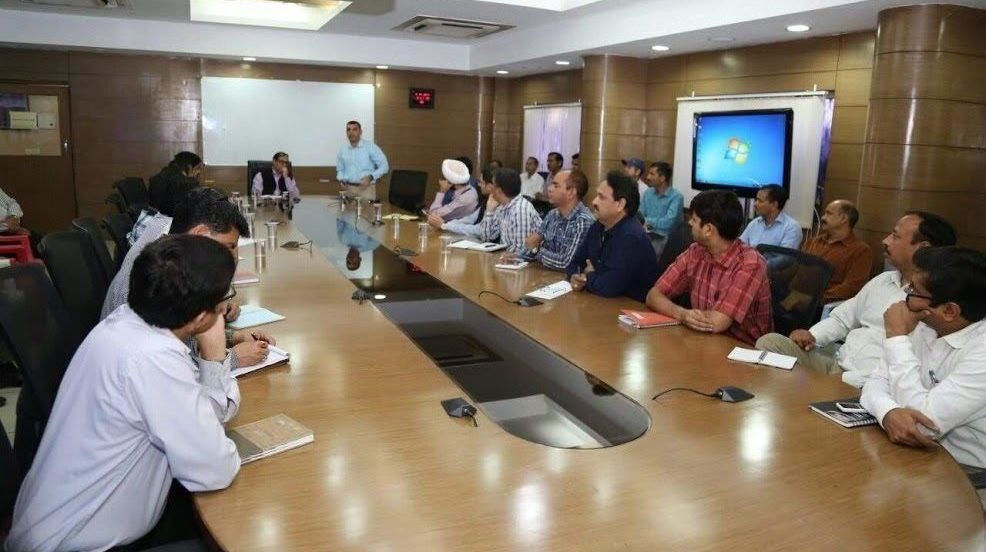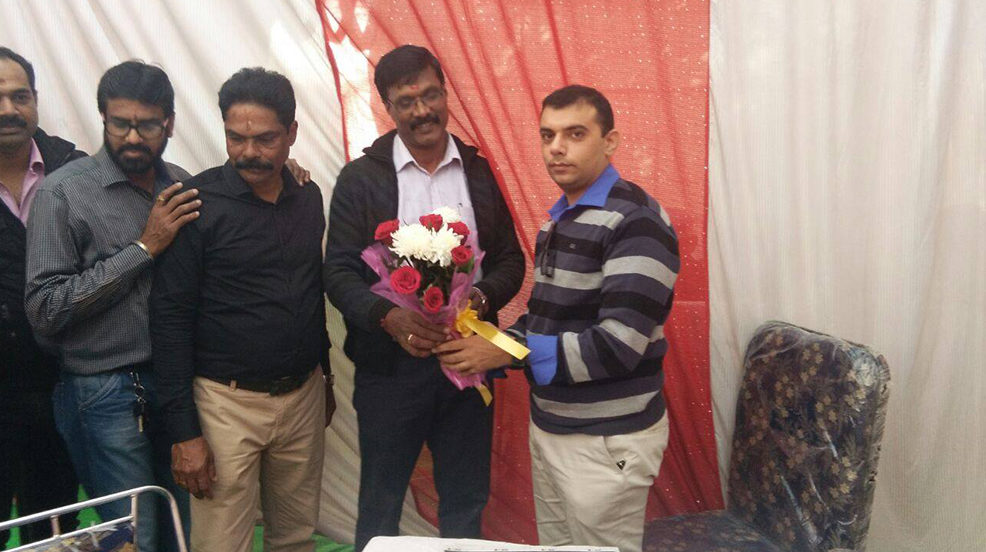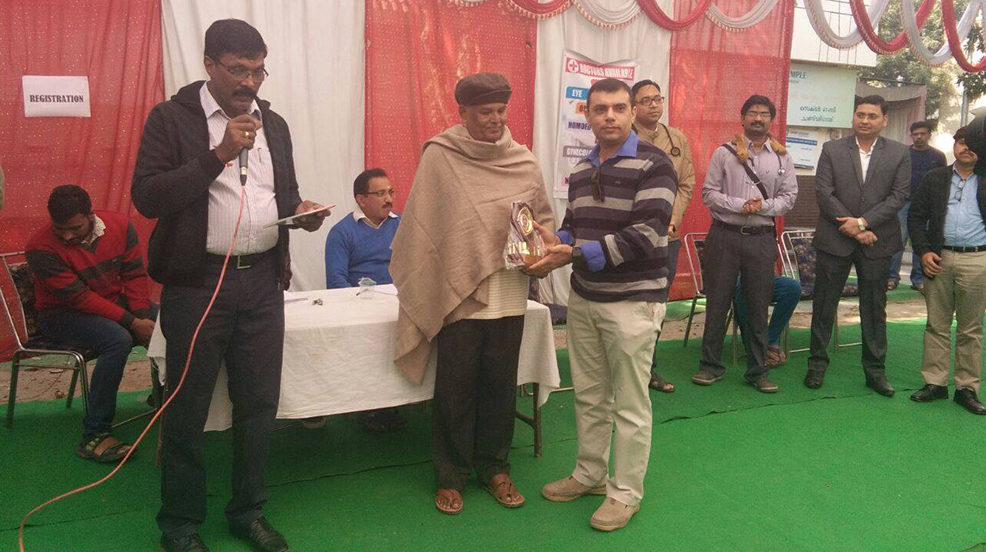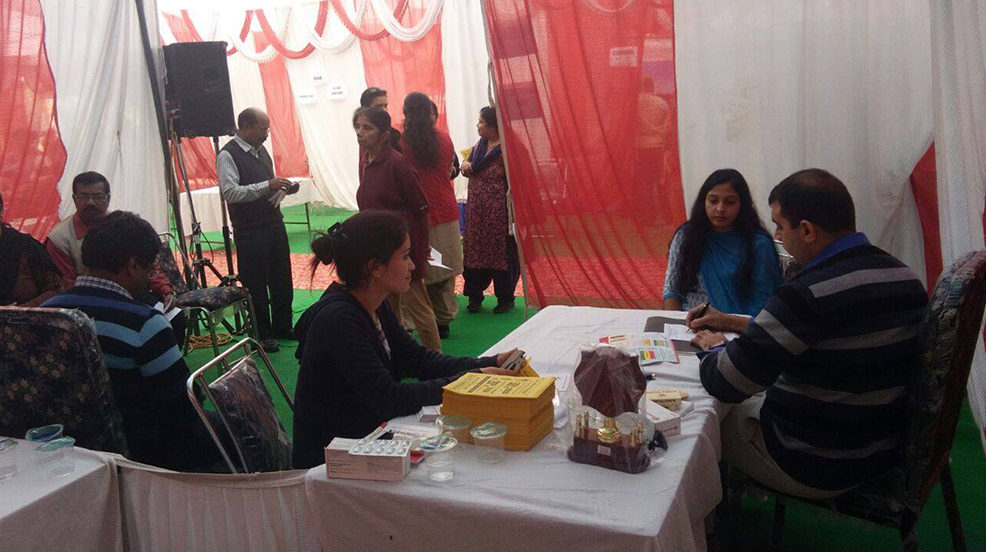If you are about to undergo a knee replacement surgery, it is important to know the extent of pain that it involves, and the recovery period that follows. A knee replacement surgery is a major surgery, and a patient needs time to adjust to the replacement of his/her knee. The time of recovery depends on the patient.
The steps of recovery after a knee replacement surgery are as follows:
After surgery
- After the surgery, you will be given painkillers, which can be self-administered. You may require crutches and should walk within a frame. The ability to get back to walking without any help depends on the patient.
- You will be taught exercises for strengthening your knees in the hospital by a physiotherapist.
- It is likely for you to experience some initial discomfort during exercising and walking, as your legs may become swollen.
- It is likely for you to spend a period of four to six days in the hospital, based on your condition and its progress.
- An enhanced recovery program may be suggested by your surgeon in which you may start walking from the next day of surgery.
Recovery at home
- It is normal for you to feel tired and fatigued at home in the beginning. A knee replacement surgery is a major surgery, and the tissues and muscles around your knee require time to heal properly.
- You should arrange for a person who would help you while you go out for a few weeks after the surgery.
- It is very important for you to practice the exercises prescribed by your physiotherapist. This is a vital part of speedy recovery and you should not avoid them.
- You should be able to stop depending on crutches or walking frames and go back to your regular activities and schedule in approximately six weeks after the surgery.
The recovery process usually continues for about a year after undergoing the surgery. During this period, scar tissue heals and your muscles get restored through exercises. It is recommended for you to avoid any kind of extreme sports or movements in which there is a risk of falling.
